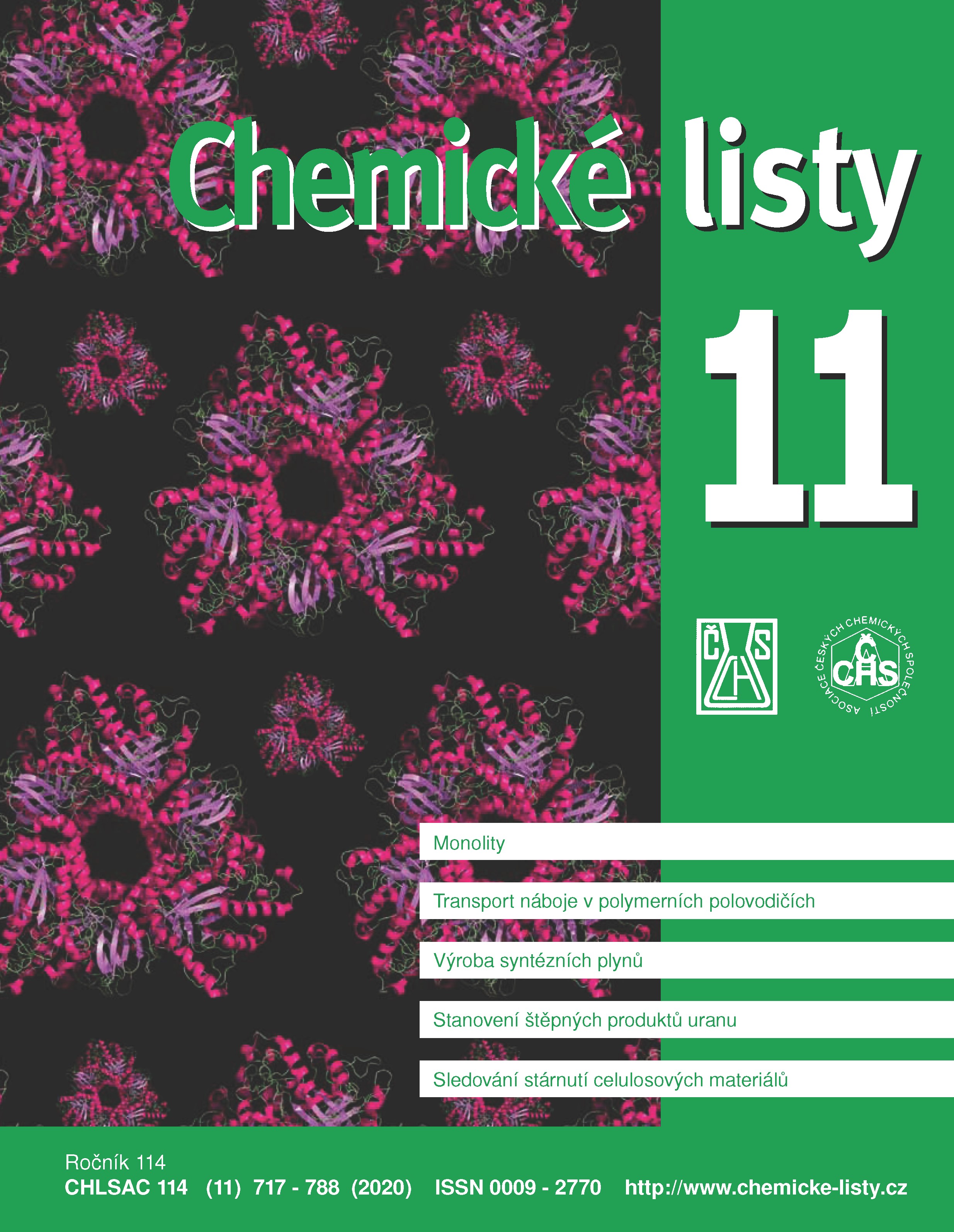Production, Processing and Use of the Synthesis Gas Obtained from Various Raw Materials
Keywords:
wood chips, gasification, synthesis gas, purification of synthesis gas, use of synthesis gasAbstract
Waste biomass from the wood processing industry is currently considered to be one of the renewable sources that can be transformed into alternative chemicals using gasification technology with subsequent thermochemical conversion of the generated gas. The major part of the gas produced by the gasification of waste biomass consists of CO and H2, i.e., the primary components of the synthesis gas. However, also other components are present in the generated gas, e.g., N2, CH4, CO2, HCN, NOX, NH3, C2+, COS, which must usually be removed prior to thermochemical processing of synthesis gas. The present article summarizes modern trends and technological conditions for adjusting the CO/H2 ratio, the removal of carbonyl sulfides, methanization, absorption and adsorption processes including methods to isolate CO itself. In the next sections, attention is paid to technological conditions for the use of synthesis gas to produce methanol or acetic acid, for the hydroformylation of olefins and the production of hydrocarbons by Fischer-Tropsch synthesis. Based on the technological requirements of individual production units and concerning the complexity of the process of efficient transformation of wood waste into alternative chemical substances, two fundamental recommendations follow. Wood chips should be degassed under increased pressure. At the same time, the use of air as a fluidizing medium should be avoided to prevent the dilution of the synthesis gas with nitrogen; instead, it is recommended to use pure oxygen or water vapor/oxygen mixtures.





